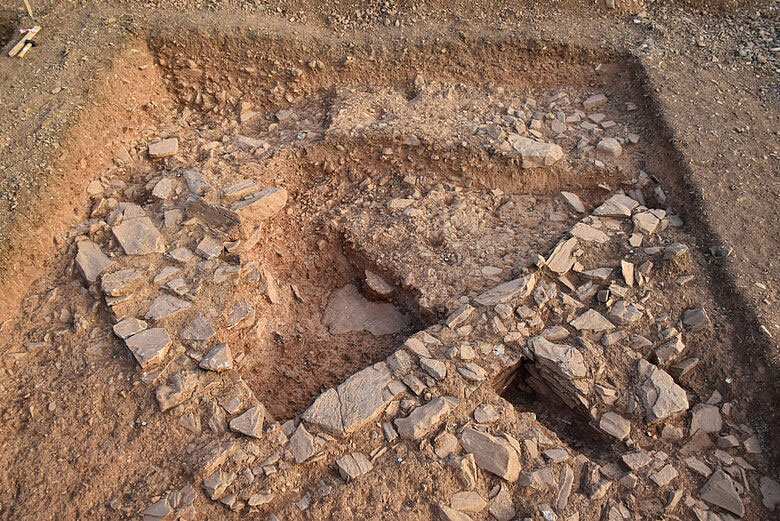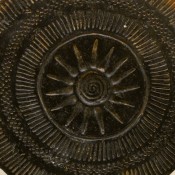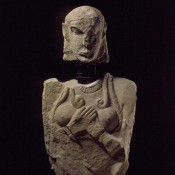Archaeologists from the University of Göttingen have discovered the earliest Iron Age house of Athens in Thorikos, a site lying at the east coast of the Lavrion area in Attica. This is an important, unexpected and unique finding for early Greek history, as it is the first time that building structures from this early period, 10th-9th century BC, have been excavated in Attica. Now the Gerda Henkel Foundation is funding the continuation of the excavations with about 82,000€.
The early settlement is located in the area of the ancient Lavrion silver mines, 60 kilometres south of Athens. Here you can see Mycenaean tholos tombs and a classical settlement with houses, production facilities, sanctuaries, the theatre and burial sites. The unprotected location of the site, only 20 m above sea level, is remarkable and suggests that at the time there was no danger of being attacked from sea. It was not until the 8th c. BC that settlement activity moved to the safe hill plateau, which has a height of over 100 m above sea level. After geophysical investigations at the south-eastern slope, the scientists found a grave dating back to the 5th c. BC.
In 2019, the unearthing of a wall corner initially pointed to a classical burial structure. However, it turned out that what had lain in the ground for centuries was no burial, but a building of the 10th-9th c., as Prof. Dr Johannes Bergemann, Director of the Archaeological Institute of Göttingen University explained. Over the past year, the scientists further explored the extent of the building and identified five to six rooms. In the largest room, numerous pebbles were still lying in situ, indicating a paved courtyard. An analysis of inorganic and organic features of the rock confirmed a use from about 950 to 825 BC.
“Existing grinding stones for grain indicate a function as a residential building. The differentiated structure of the residential building speaks for either a complex society or an already developed social hierarchy,” says Bergemann. “Scientific analyses will show whether there was animal breeding here and whether the silver ore typical of the area was mined during this period.”
Excavations at the site will be completed over the next two years in collaboration with the University of Ghent (Belgium).





